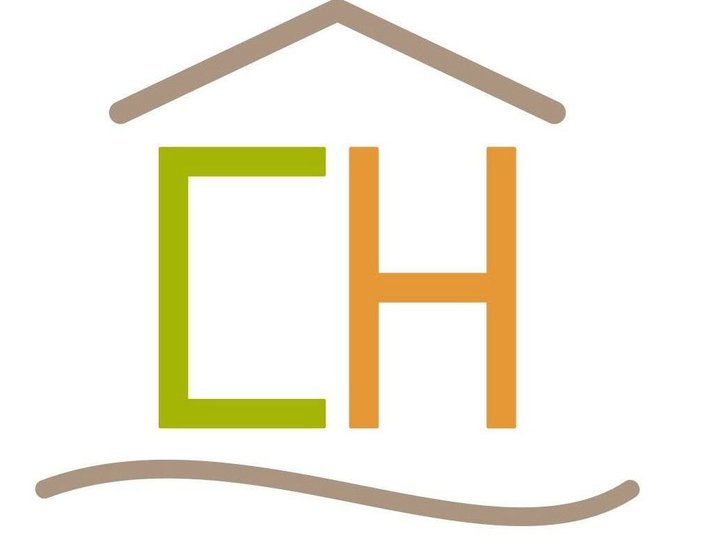Hardwood flooring has a long history, one that is said to date back to the 1600s. Like many home trends, it has gone in and out of style depending on interior design trends, the introduction of competing floor surfaces, and homeowner preferences.
Today, hardwood flooring and hardwood look-alike products are on top once again. When homeowners were asked what kind of flooring they would choose for their dream home, 66% said hardwood floors, according to a recent survey conducted by the National Wood Flooring Association (NWFA). Sixty-eight percent of owners said wood flooring is attractive, compared to 46% of the next flooring type, tile. Besides its attractiveness, the survey concludes wood flooring also adds value to a home (66%), is hypoallergenic (34%), and is environmentally responsible (24%).
To nail down flooring’s most influential attributes, the NWFA survey also asked owners to rank eight product factors they consider when choosing a flooring material. It found that homeowners value durability (67%), attractiveness (61%), and easy-to-clean (58%) as the top three most important features.
In the past, higher prices for hardwood have steered homeowners and builders toward alternatives like carpet, laminate, and vinyl, but in recent years manufacturers have developed more solid and engineered products and processes that offer a more broad range of price points. (Check out 12 new wood flooring products here.)
Home improvement website HomeAdvisor estimates the average cost of wood flooring and installation is about $8 to $10 per square foot based on factors such as species, finish, underlayment options, molding installation, and delivery costs. Prefinished engineered hardwood is a less expensive option at about $1.50 to $8 per square foot depending on nail or glue-down installation, says Steve Stocki, marketing manager for Lumber Liquidators.
Both solid and engineered choices can withstand heavy traffic of busy families and pets. Plus, when the material does begin to weather, it can be sanded and stained again.
Tracking the Trend
While a majority of homeowners prefer hardwood and its features, other popular flooring types such as carpet and tile have dominated the market in the past. Home Innovation Research Labs’
annual Builder Practices Report tracks the trend: In 2004, when the company started collecting data, carpet was used overall in 60% of new single-family homes and wood was used in only 13% overall. Over the past 14 years of data collection, carpet has declined in overall use, while wood has steadily increased. In 2017, wood flooring was at 35% overall and carpet at 40%.

Each of HIRL’s reports break flooring surfaces down by rooms in the home. As of 2017, carpet was installed mostly in basements and bedrooms and wood has dominated dining rooms, living rooms, foyers and hallways, and kitchens.
Ed Hudson, director of marketing research services at HIRL, says wood has become popular in centrally located rooms because of its ability to withstand high traffic. Plus, owners prefer it in areas where guests are frequent because it shows well. Carpeting remains popular in rooms where under-foot comfort is important, usually lower traffic areas, quiet spaces, or where informal activities take place.
“I would say hardwood encompasses pretty much the entire first floor now, with the exception of a utility room or a bath with a tub,” says Lee Crowder, Taylor Morrisonmodel home branding manager. “Homeowners think about having a really open and seamless look and even want wood stairs going up to the second floor.”

Homeowner awareness of health issues is another reason that hardwood’s popularity has grown in the market, experts say. Wood floors are said to improve indoor air quality because they tend to minimize the accumulation of allergens, such as pollen, dust, mold, and dander. Carpet, on the other hand, can trap dirt and dust if not cleaned regularly, and some consumers worry about the manufacturing process and if “new carpet odor” is safe to inhale. However, health-centric certifications like the Carpet and Rug Institute’s Green Label and Green Label Plus programs, which test for and certify low emissions from carpet, carpet cushion and adhesive, have helped ease consumer worries.
What’s Hot
Popular hardwood floor species include oak, maple, and hickory, says Crowder. All three types are listed mid-range on the Janka Scale, the rating system that measures the wood’s hardness and durability.
“White and red oak are expected to remain the market leaders, representing about 67% of the market domestically,” says Michael Martin, CEO and president at the NWFA. “Overall, there is a general shift toward the use of domestic species as opposed to species imported from other countries.”
Color and stain variations have also expanded. According to Crowder, “the taupe-y gray” color is trending right now. “It’s really soft and makes homes feel really big and open,” she adds.
Emily Morrow Finkell, writer for Hardwood Floors Magazine and previous director of color style and design at Shaw, agrees gray isn’t going away. She also mentions in her 2019 color and style forecast that this year’s color palette will be derived from natural-looking neutrals, including dark browns, stone grays, and light limestones.
Other popular wood flooring upgrades include hand-scraped, wire-brushed, and distressed finishes and nontraditional patterns like herringbone and wide plank.

Manufacturers, such as Mannington, Armstrong, and Shaw, offer less-expensive vinyl flooring that provide the look of hardwood. The products don’t offer the same traditional attributes of wood, but give the same cohesive look homeowners crave and are able to withstand more wet environments. Due to this reason, this type of product usually fares well in basement or bathroom applications.
Porcelain and ceramic tile from manufacturers, such as Daltile, Walker Zanger, and Emser Tile, also provide the look of natural wood, with prices ranging from $1 to $7 per square foot, depending on whether the tile is ceramic or high-definition porcelain, says Stocki.
“Now, every buyer has the opportunity to add wood floors,” continues Crowder. “The range is there in terms of price point and builders are no longer constrained by specific colors or types.”

Recent Comments